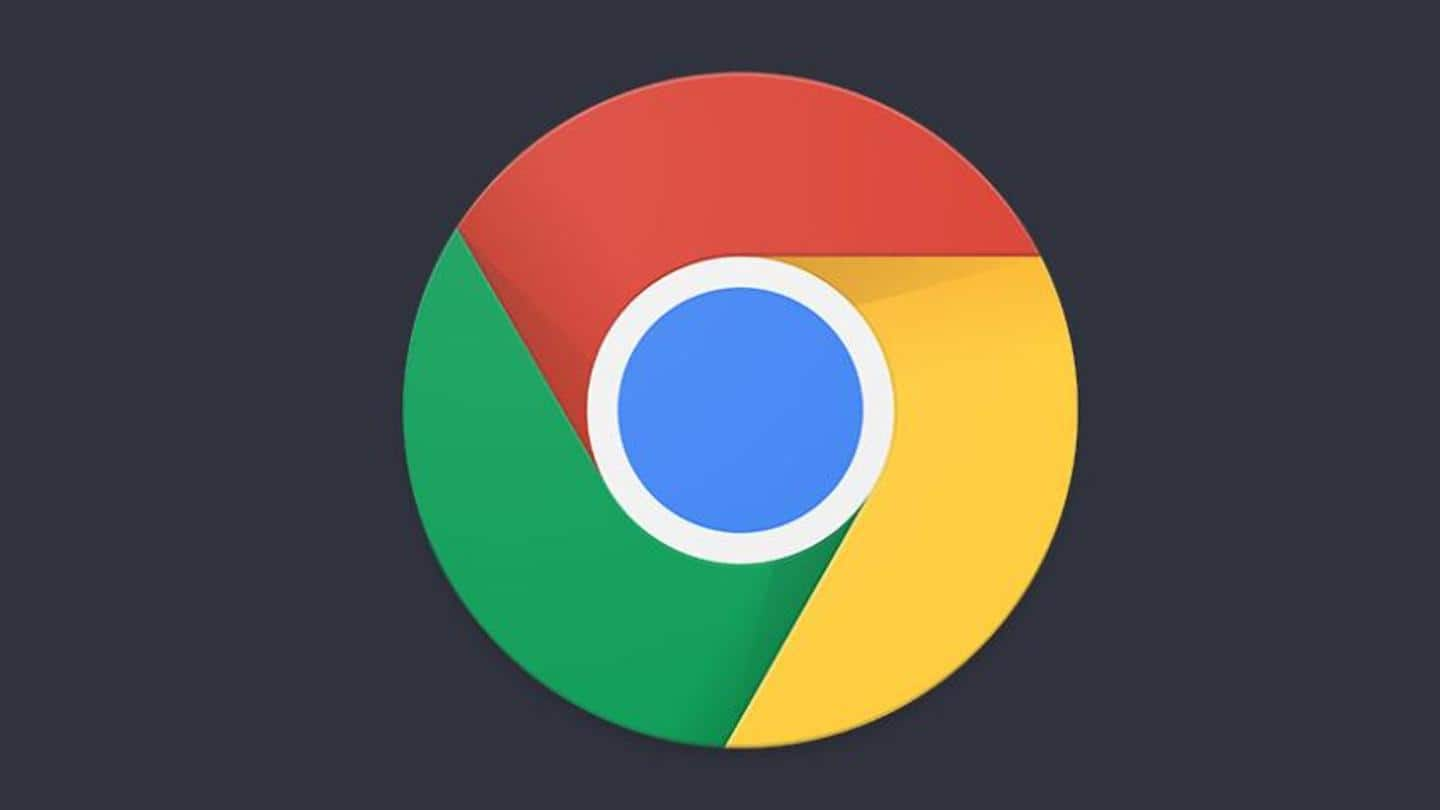
Google wants to hide web addresses in Chrome. But why?
What's the story
For some unknown reason, Google seems to think that people hate seeing full URLs in the address bar of Chrome.
A few years ago, the company tried hiding parts of URLs and ended up drawing a lot of flak from the users of the browser.
Now, despite that original criticism, it is making another attempt to cut short web addresses.
Here's more about it.
Flag
New flags indicating plan to hide addresses
Just recently, Android Police discovered three Chrome flags aimed at hiding parts of web addresses.
They all trigger differently but work in such a way that you only get to see the name of the site and .com, not the full page URL.
For instance, when exploring NewsBytes, you will see "newsbytesapp.com" in the address bar, regardless of the story opened.
Behaviors
Different behaviors of the flags
While the main flag, dubbed "Omnibox UI Hide Steady-State URL Path, Query, and Ref," hid URL parts permanently, the other two displayed different behaviors.
Specifically, one of them kept URL's parts hidden all the time except when hovering over the address bar, while the other one hid the full address when the user started interacting with the page.
Reasoning
Apparently, Google wants to make full URLs irrelevant
While Google has not commented on the development of these flags (despite the original criticism), it had previously indicated that hiding URLs might help users identify whether a site is legitimate or not.
Earlier this year, Chromium engineer Livvie Lin had noted, "Showing the full URL may detract [users] from the parts of the URL that are more important to making a security decision."
Release
Release possible with Chrome 85
Currently, the three URL-hiding flags are active in Chrome 85's Dev and Canary channels, which implies they could debut with the stable release of version 85 in August.
However, like before, there is also a possibility that Google may put this feature on hold, given that a number of people use full URLs to see the page they are on and to share links.